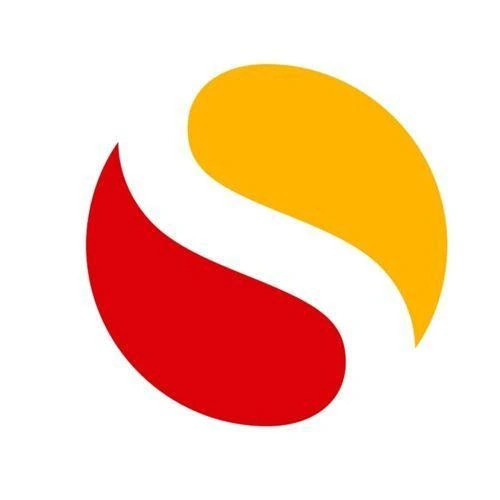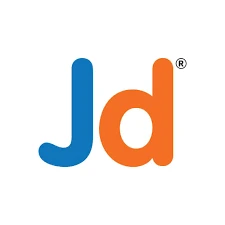|| SP3D Certification Course in Canada
The SP3D Training Course at BIT Canada is a specialized program designed to equip students and professionals with in-demand skills in SmartPlant 3D (SP3D), one of the most advanced and widely-used 3D modeling software applications in the plant design industry. This comprehensive course covers all essential aspects of SP3D, including equipment modeling, piping design, structural modeling, isometric and orthographic drawing generation, and data integration. Starting with a thorough introduction to the software interface and project setup, the curriculum gradually builds up to complex modeling tasks, enabling participants to work on real-time industry projects that mirror the design and construction of process plants, oil and gas facilities, petrochemical units, and power plants. The training emphasizes practical application, ensuring that students not only understand the tools but also the best practices for accurate and efficient plant design. Participants will gain hands-on experience with intelligent 3D modeling, catalog and specification creation, clash detection, and report generation—skills that are crucial for collaborating across multidisciplinary teams in large-scale engineering projects. By the end of the program, learners will have developed the confidence and technical proficiency required to handle end-to-end SP3D workflows, from conceptual design through to construction documentation. The SP3D Training at BIT Canada is ideal for mechanical, civil, and piping engineers, as well as professionals in the EPC (Engineering, Procurement, and Construction) domain who are looking to boost their expertise and career prospects in the competitive world of 3D plant design.



 4.8 (21,636) reviews
4.8 (21,636) reviews


 Read more
Read more 
